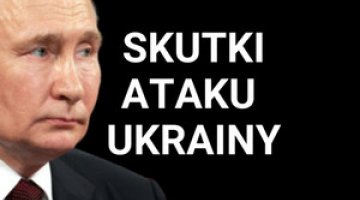Arms and energy: the basis of Moscow and Delhi’s pragmatic cooperation
During Vladimir Putin’s visit to India on 15-16 October, a series of documents on cooperation in the military-technological and energy fields was signed. Two intergovernmental agreements provide for the purchase by India of four 11356-type frigates and four S-400 anti-aircraft missile battalions, and an agreement between Rosoboroneksport and Viertoloty Rossii and the Indian company HAL is expected to create a joint company to produce Ka-226T helicopters in India. The value of these agreements is estimated at US$6-9 billion. In the energy field, a consortium which includes Rosneft has acquired the Indian petroleum company Essar Oil, which owns the second-largest refinery in India. In addition, Rosneft agreed to sell the Indian State concern ONGC Videsh an 11% stake in the Russian oil company Vankorneft.
Commentary
- Russia and India’s strategic partnership is based on their cooperation in two areas: military technology and energy. In the former, Russia is acting as a supplier of weapons and military technology to Delhi; and in the latter, India is acting as an investor in Russia’s energy extraction sector, as a current importer of LNG and a future importer of petroleum. However, the partnership lacks broader economic bases (trade turnover between the two countries fell from US$11 billion in 2012 to US$7.8 billion in 2015, with Russian exports shrinking to US$2.2 billion). At the same time, differences between the partners are growing with regard to relations with China (Moscow is betting on a policy of rapprochement with Beijing and aggravating conflict with Washington, whereas India seeks security against China by moving closer to Washington).
- Although the military-technological cooperation between Russia and India remains intense, two new trends have become visible therein. Russia has lost its position as India’s major supplier: its participation in Indian arms imports has fallen from 75% in the years 2004-2013 to 30-40% in 2014-2015. In 2014, the United States was the largest exporter onto the Indian market. Moreover, Russia must accept its Indian partner’s request to transfer technology and production to India. One reflection of this trend is the signing of agreements providing for the production of some of the helicopters (140 out of 200) and frigates (two out of four) India has ordered in India itself.
- In the energy sphere, the agreements are an extension of the transactions concluded this year between Rosneft and the Indian companies. Consequently, the participation of ONGC Videsh Limited in Vankorneft (Vankor is one of the largest deposits of oil and gas in Russia) will rise to 49.9%. The acquisition by a consortium involving Rosneft of Essar Oil represents the end of a transaction including a 10-year contract (signed in July 2015) for the supply of 10 million tonnes of oil annually. This intensification of energy cooperation is a consequence, on the one hand, of Russia’s efforts to consolidate its position on Asian markets and diversify the sources of foreign investment in the extraction of its energy resources, and on the other, of India’s interest in diversifying its sources of supply of oil and gas, and reducing the presence of Chinese investors in the Russian energy sector.





